Microsoft’s suite of applications is undoubtedly one of the most essential ones installed first on any Windows PC. First, there was just Word, which allowed easy editing of documents on the go, then came Excel, for editing and managing spreadsheets the easier way, and then PowerPoint, to make presentations appear more lively. We have seen a lot more applications evolve like Outlook, One Note, Project, and much more. Long story short, Microsoft is approaching us consumers to make our tasks really simple.
As we all know, the popular Office apps are Word, Excel, and PowerPoint. If you are in a situation where you need to extract all the media like images, and videos embedded inside of these files, then you’re in the right place. The newer versions of Microsoft Office apps have extensions like .docx, .xlsx, and .pptx. The ‘x’ in all of these extensions symbolizes that all of these are Microsoft XML supported applications, which means that they are actually compressed files that you can use to extract media directly. On the other side, the older non-supported XML documents like .doc, .xls. and .ppt cannot do this directly.
We will first be taking a look at how you can use the newer extensions to extract embedded images and files directly onto your Windows PC. Down below will also be a tutorial about a software which can do the same for these older non-XML supported files. You can access and view your files on Windows 10 more quickly using these File Explorer shortcuts.
Extract Embedded Files from Office Documents (.docx, .xlsx, or .pptx)
- In order to extract the embedded content of a newer office file, you need an application like WinRAR or 7Zip, or if you are running a newer version of Windows, it is already built-in. Go to the location where your Office file is situated.
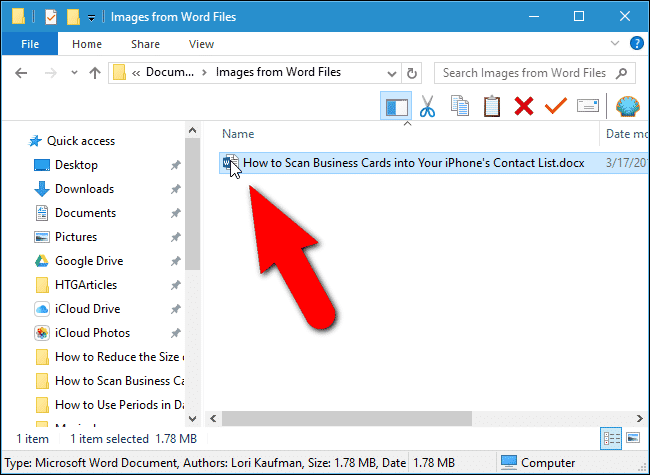
- Press F2 to rename the file, and replace the file extension (from .docx, .xlsx or .pptx) to .zip. This will render the file useless, so make sure you have another copy of it backed up.
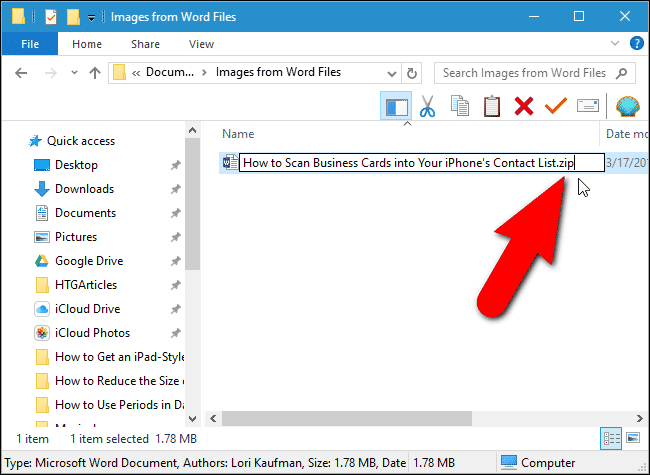
- Now, you will be able to open this file in applications like WinRAR and 7Zip. All you need to do is choose a directory, and extract the files.
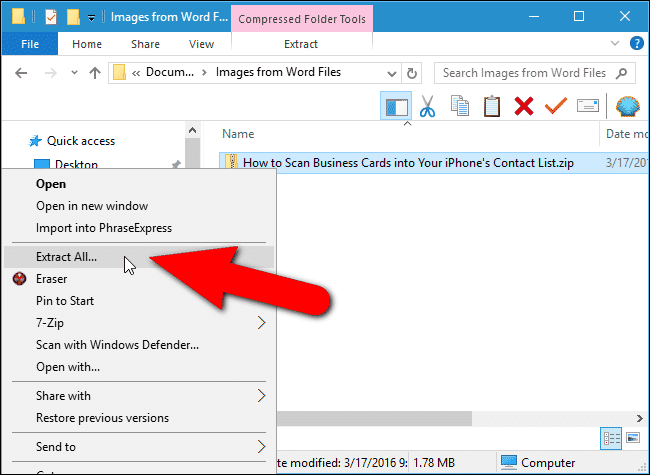
- In our case, we’ve used a Word document as our test subject, so the extracted folder will contain a file named ‘word’. If you have extracted any other Office file, just go with the flow, and you’ll find your required folder. Click on this folder.
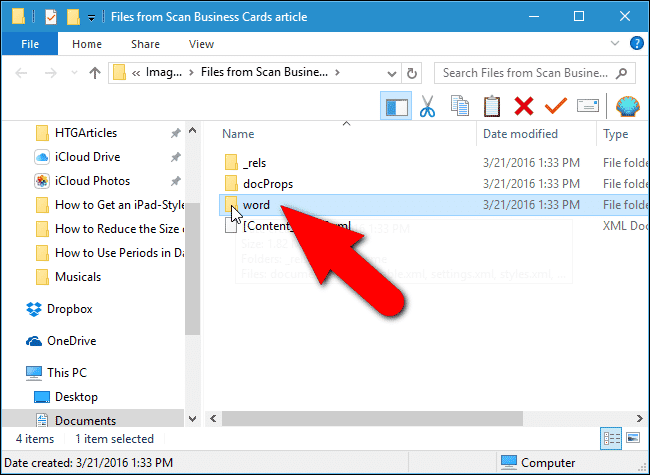
- You will further be greeted by a ton of other folders. The one you might be interested in is media. This contains all of the images attached or embedded into the document file you’ve just extracted.
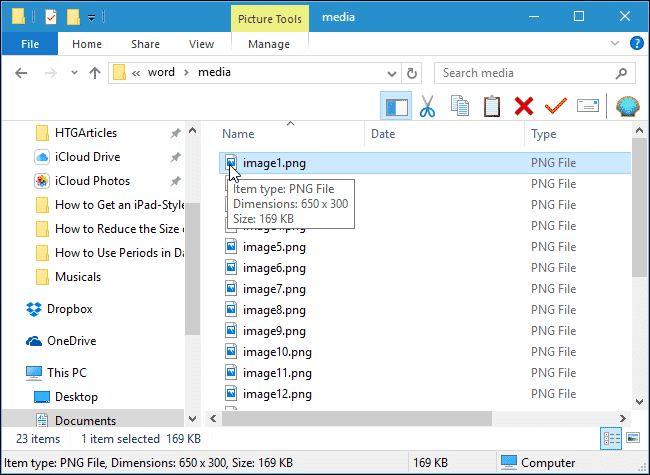
Note: To access the raw text of your document, open the document.xml or similar file.
How to Extract Images from Documents (.doc, .xls, or .ppt)
- For this job, you need free software called Office Image Extraction Wizard. You may download this, and then continue on with the procedure.
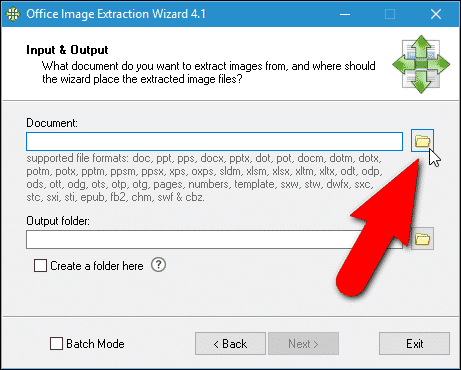
- Launch the application, and click on next. This screen gives you two options, the target, and the output folder. You have to add your older office document in the former section and choose your output directory in the latter.
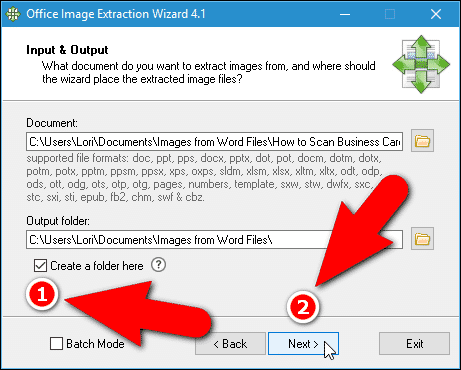
- Once you’re satisfied, click on ‘Next‘, and then click on ‘Start‘. You will now be able to see the process window, and this might take some time.
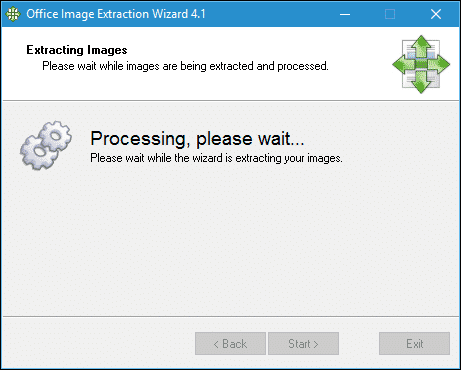
- After the process is done, the application will link you to the folder containing the extracted images.
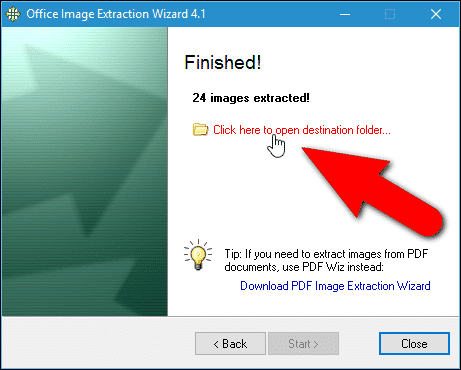
If you have any issues with the tutorial, we’re always here to help you. If you think we’ve helped you plenty, then why not surf around our little space and grasp more such tips and tricks?
Read Next: How to Save Spotlight Lockscreen Images on Windows 10
